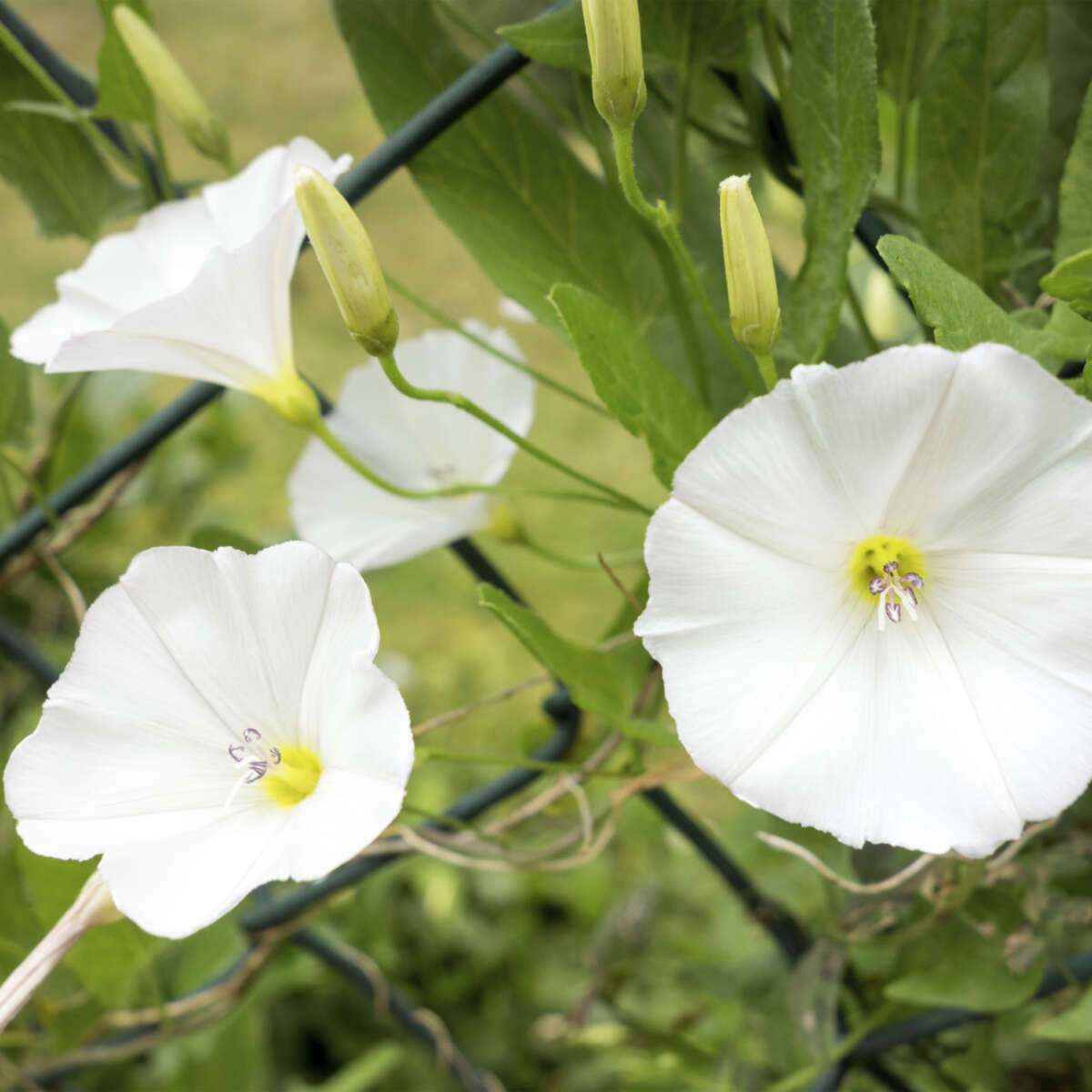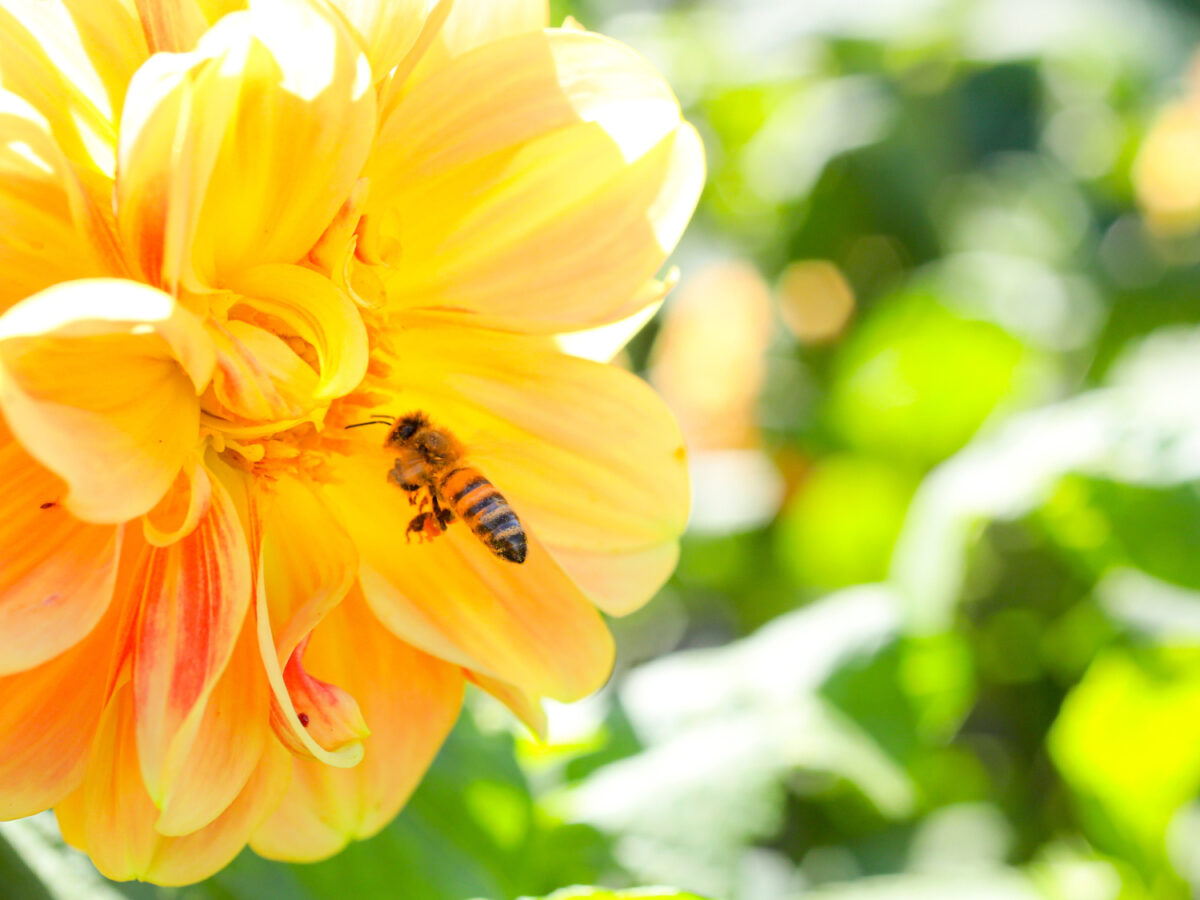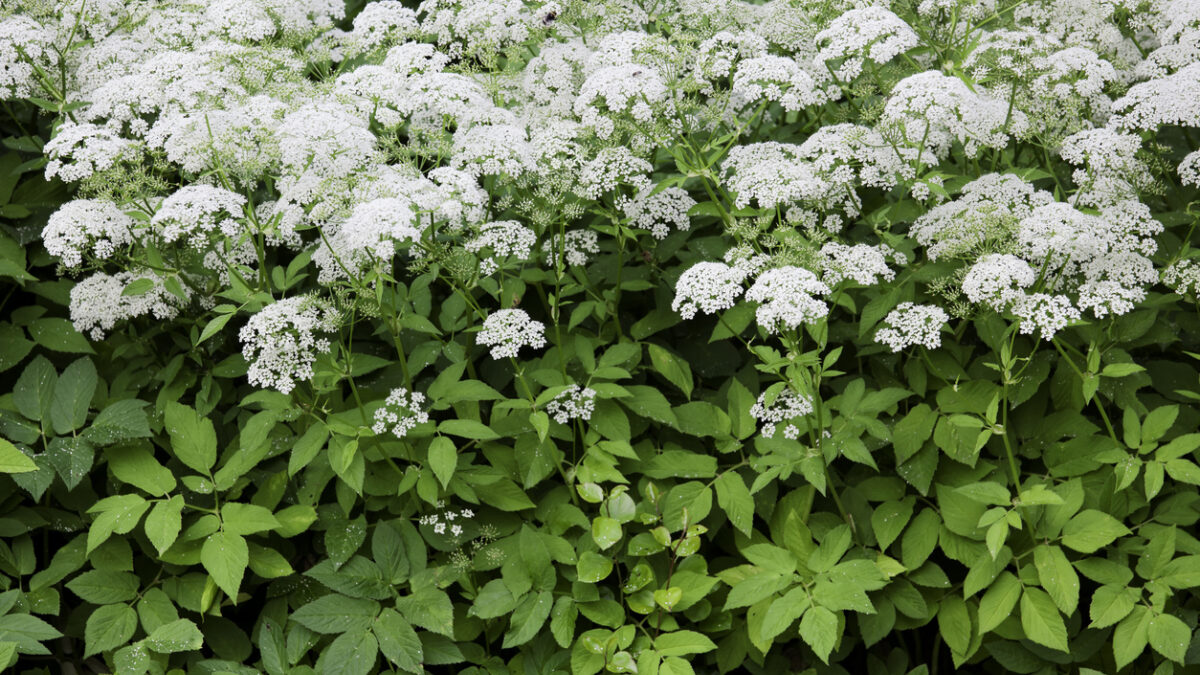
Weeds
Managing weeds
There are lots of natural ways to manage weeds without reaching for the toxic weed killers, which can harm other plants and animals and damage your soil.
-

How to manage weeds on hard surfaces
There are three effective organic ways to rid patios, paths and other hard surfaces of weeds.
-

How to clear large areas of weeds
If you’ve taken on an allotment or veg patch covered in weeds it can be a daunting task to clear it. But don’t worry, here are our tips.
-

Hoeing the veg patch
Controlling weeds with a hoe is very effective. It allows you to easily kill weed seedlings, including those that have not yet appeared above the ground.
-

Five reasons not to use weed killer
There are a number of ways to manage weeds organically - here's five reasons not to use toxic weed killer.
Frequently asked questions
-
Although bindweed can appear to be uncontrollable, it is not too difficult to deal with. This is a plant that hates disturbance. It will grow where the soil is never cultivated. You find it in neglected areas, such as behind the shed or under permanent plants, such as your raspberries.
Now you've moved the canes, you can really attack the area and clear out every scrap of root. You'll miss some bits of course, but don't worry. Each time you see a new sprout appearing, dig or pull it out, or hoe it off. Use the area for growing vegetables as usual. This will mean that regular cultivation will take place - just what bindweed hates. You'll find that in a season or two there is nothing coming through. Just keep pulling it out and never let shoots grow. If bindweed is growing through grassy paths, these also need to be dug over.
Don't waste the roots - they contain valuable nutrients. Place everything, top growth and roots - into a black plastic bin-bag. Leave in a sunny corner until only mush remains, add this to your compost heap. All the minerals, which had been absorbed by the bindweed, will be returned to the soil via the compost heap.
-
If there are bindweed roots in the soil, I suggest that you go through the whole lot and remove them by hand. If the heap is too large to do that, then you could try putting it all through a riddle or seive. Spending the time to do this now will save endless frustration later. Once you have done that, then a stale seedbed, to catch bits that you missed, would be sensible. Mexican marigold (tagetes minutae) would have no effect, and I don't think flame weeding would be effective. A black plastic mulch would have to stay in place for years to be effective. Alternatively, send the topsoil back. Knowingly introducing bindweed into a garden is not a good move.
-
Don't be tempted to use weed killer, brambles and blackberries can be eradicated by other means. Dig up young plants as soon as seen and older ones where possible. When they are too tough too dig out, brambles will not survive long if the tops are regularly removed to ground level. Invest in a pair of loppers or other sharp implement to cut them down. This can take up to 3 years, but it is worth it - and you have avoided using toxic chemicals, which not only leave residues in your soil, but research has shown can also inhibit nutrient take up. See Glyphosate. See also our advice on how to prepare your new growing area.
-
We can no longer recommend using any carpets in this way. Previously we advised that only natural fibre carpets could be used, but now most carpets are treated with moth repellents and fire retardants. Even if you know the fibre content of old carpet you are unlikely to know what other treatments it may have received - and that may pose a problem especially if the carpet is left in place to decompose. It therefore makes sense for us to advise against using all carpet on the garden or allotment and to recommend the many other safe alternatives such as cardboard over newspaper, weed control fabrics and permeable mulch matting that can be reused to keep areas covered when not in cultivation.
Garden Organic members can see our factsheet about Mulches: weed prevention and control for more information.
-
By comparison to hand weeding between paving slabs, a flame weeder would be quicker. They are particularly suitable for weeding awkward areas, such as steps, and killing weeds between paving slabs. Flame weeders also have the advantage of killing the weed seed near to the surface of the soil. Most equipment has a wand or lance and this reduces the need to bend when weeding. Depending upon the situation, most areas will require 4-5 treatments per year for effective control.
Flame weeders are available from The Organic Gardening Catalogue
-
Ivy leaved toadflax may work, although it usually grows in walls. How about thyme? There are many different types, the creeping ones will provide better cover. Thymes give off a scent when crushed, are evergreen, love poor well drained soil (sand) and attract bees when in flower. You can grow thyme from seed, or it is very easy to propagate from cuttings if you only want a few plants.
Organic thyme seed is available from The Organic Gardening Catalogue.
-
Japanese knotweed can re-grow from root fragments just 1cm (1/2") long. Before adding knotweed roots or stems to your compost, you should place them in a black plastic sack for at least six months to rot down completely. Check that it is all rotted before being added to your heap.
However, there is a real risk that you will inadvertently spread the weed around your garden if you use the compost you have made. So be very aware of this. It is not so easy to dispose of the material either as in 1981, The Wildlife & Countryside Act made it illegal to spread Japanese knotweed by dumping material or soil. Any excavated soil from areas where Japanese notweed has established must be disposed of at a licensed landfill site and not reused in further construction or landscaping.
When disposing of contaminated soil it is essential that the landfill operator is made aware of the presence of Japanese knotweed and that the soil is not used for landscaping or restoration works at the tip site. To ensure safe disposal, contaminated soils must be buried to a depth of at least 5 meters. Section 34 of the Environmental Protection Act 1990 places a duty of care on all waste producers to ensure that any wastes are disposed of safely and that a written description of the wastes, and any specific harmful properties, is provided to the site operator.
Weed research
Garden Organic has more than 60 years of research into organic weed management. Working with farmers, we conducted huge field-scale investigations. Read more about studies into weed control and management.


